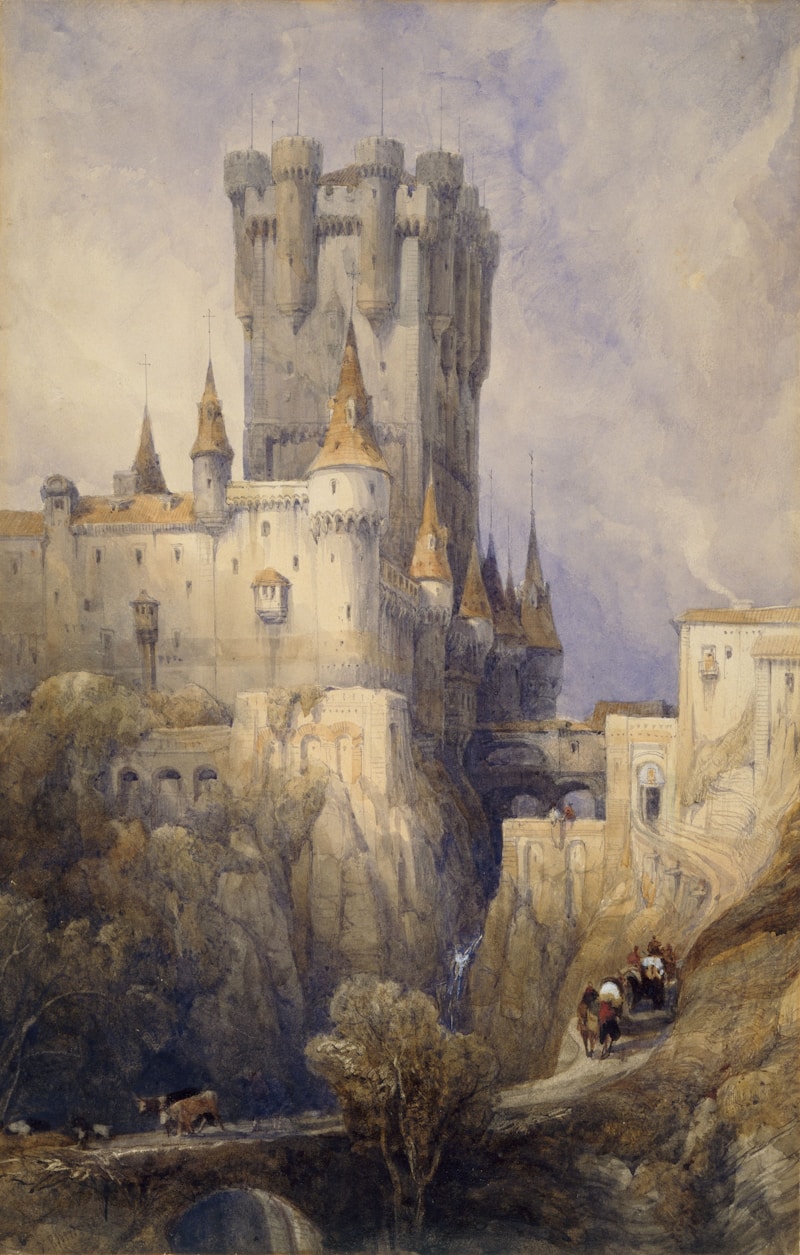Elegance in Simplicity: A Timeless Aesthetic
Understanding Elegance in Simplicity
In a world filled with excess and complexity, the concept of "Elegance in Simplicity" stands out as a refreshing approach that appeals to many. This principle is not only about minimalism but also about finding beauty and grace in unembellished forms. In this article, we will explore the nuances of this aesthetic, its origins, and why it resonates with so many people today.
The Origins of Elegance in Simplicity
Elegance in simplicity has roots that trace back to various artistic movements, particularly the minimalist Movement of the 20th century. Artists and designers such as Donald Judd and Agnes Martin emphasized clean lines, uncluttered spaces, and a focus on essential forms. This movement led to a broader cultural shift, prompting many to reconsider how they approach design, fashion, and even lifestyle.
Core Principles of Elegance in Simplicity
To understand how to embrace elegance through simplicity, let's break down its core principles:
- Minimalism: Encouraging the removal of non-essential elements.
- Functionality: A focus on usefulness without sacrificing beauty.
- Clarity: Creating designs that communicate their purpose clearly.
- Natural Materials: Using organic elements to create warmth and simplicity.
Examples of Elegance in Simplicity
To help visualize the concept of elegance in simplicity, let’s look at several fields where this principle shines:
| Field | Examples |
| Architecture | Japanese Zen houses exemplify a tranquil aesthetic using open spaces, natural light, and minimal furnishings. |
| Fashion | The French brand Chloé often features classic silhouettes and muted colors to evoke a sense of effortless chic. |
| Interior Design | Scandinavian design embraces light-colored wood, functional furniture, and uncluttered spaces to enhance comfort and style. |
Why Elegance in Simplicity Appeals to Modern Audiences
In today's fast-paced society, where trends come and go in the blink of an eye, people are increasingly seeking stability and authenticity in their choices. Here are a few reasons why elegant simplicity resonates:
- Stress Reduction: Simplifying our surroundings can lead to reduced stress and mental clutter.
- Timelessness: Simple designs tend to age gracefully, avoiding the pitfalls of passing fads.
- Personal Expression: Embracing simplicity allows individuals to express their unique tastes without being overpowered by trends.
Implementing Elegance in Simplicity in Your Life
You may wonder how to integrate the concept of elegance in simplicity into your own life. Here are some practical tips:
1. Declutter Your Space
Start by evaluating your possessions. Keep only those items that bring you joy or serve a clear purpose. A clean space enhances peacefulness, allowing your home to reflect your personal aesthetics.
2. Choose Quality Over Quantity
When it comes to fashion or home decor, opt for a few high-quality pieces rather than numerous cheap items. A well-tailored blazer or a beautiful vase can transform your look and space significantly.
3. Embrace Neutral Colors
Colors influence mood and perception. Neutral tones create tranquility and can be elegantly paired with minimal designs to foster a sense of luxury and simplicity.
4. Be Mindful in Your Choices
Consider the impact of your choices. Whether it is food, clothing, or relationships, aim for simplicity, ensuring that what you choose adds value to your life.

The Cultural Impact of Elegance in Simplicity
This approach has transcended individual aesthetics, influencing the cultural landscape in various sectors. For instance, the tech industry has leaned towards minimalism, where streamlined interfaces are essential for enhancing user experience. Such designs minimize distractions, thus making functionality and accessibility top priorities.
Popular Figures Embracing Elegance in Simplicity
Many notable figures embody the elegance of simplicity in different domains:
- Steve Jobs: His preference for clean designs significantly influenced technology aesthetics.
- Yohji Yamamoto: The fashion designer is known for his avant-garde yet minimalist pieces that celebrate the beauty of simplicity.
- Marie Kondo: The tidying expert promotes the idea of keeping only those items that "spark joy," which is an embodiment of elegant simplicity.
Conclusion: The Lasting Allure of Elegance in Simplicity
In summary, "Elegance in Simplicity" is more than just a decorative style; it is a lifestyle choice that reflects conscious living, personal authenticity, and an appreciation for the beauty of minimalism. As you explore your journey towards elegance in simplicity, remember that the ultimate goal is to create a harmonious environment that brings joy and fulfillment.
By adopting these principles, you can cultivate a life that resonates with clarity, beauty, and purpose. So embrace the elegance in simplicity, and let it elevate your aesthetic and emotional well-being.
Remember, practicality harmonized with beauty is a powerful combination in our modern lives.